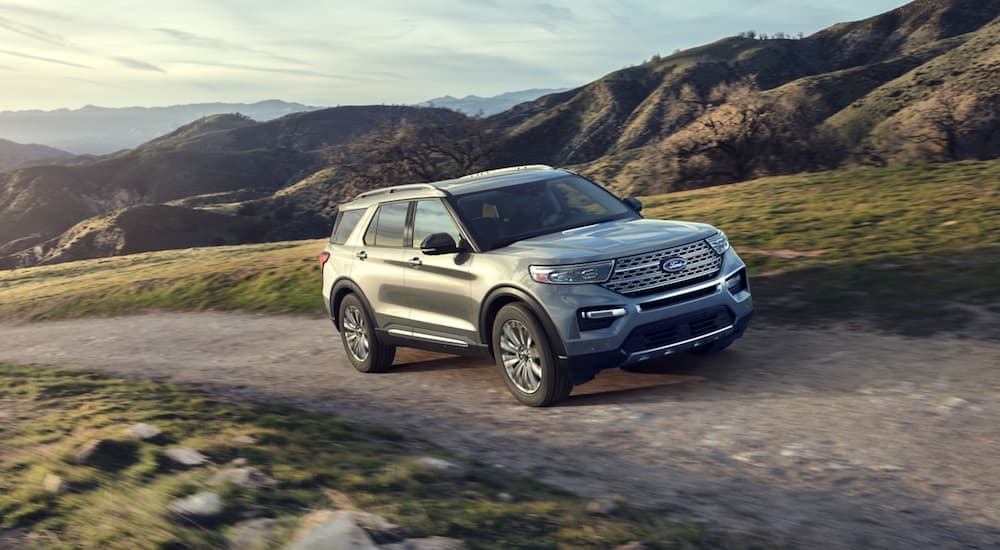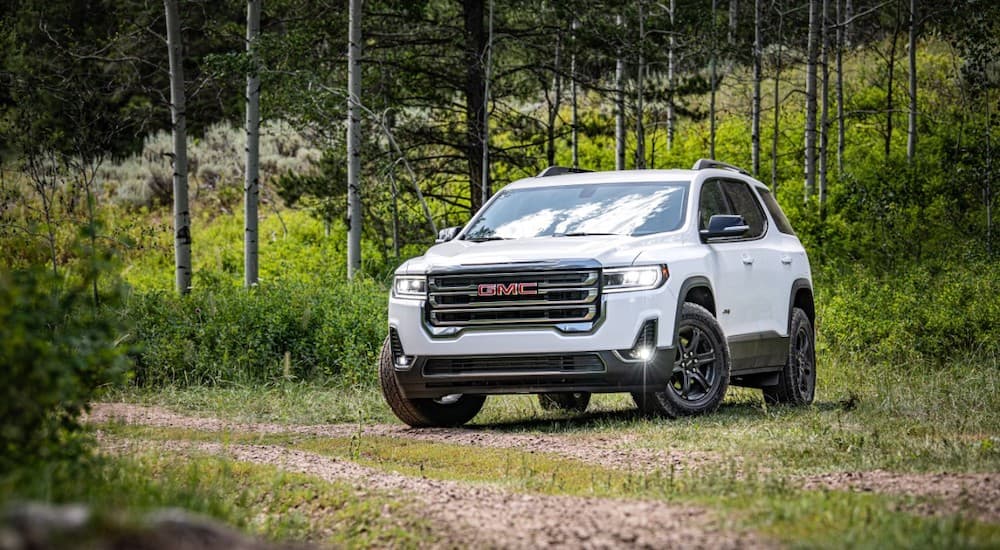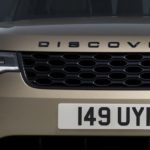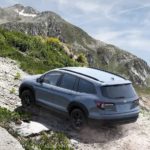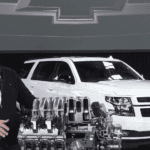Some parents feel that you shouldn’t consider your kids’ needs when choosing an SUV. There are also some who have driven from Salt Lake City, Utah, to the Grand Canyon’s South Rim with a station wagon or minivan full of children under the age of 15 and those who have not. Those with personal experience on the matter know why used SUV sales must be carefully considered with every family member in mind, including the fluffy and furry kind.
Depending on the age of your children, buying an SUV that keeps the peace, health, and safety of all family members might be a bigger priority than selecting a vehicle your children may someday take turns driving, at least for the time being. That means inspecting all the safety features and technology, keeping tabs on fuel economy and efficiency, and choosing trims and features that help maintain an overall sense of peace, even on the longest drivers.
There is no lack of SUVs on the market today. From subcompact to three-row, each SUV offers its own dynamic combination of space, power, engineering, and design. Naming the best quality of each SUV in relation to road trips with children of all ages is simply not possible, but we can offer a good starting point for those shopping for a used SUV for the entire family.
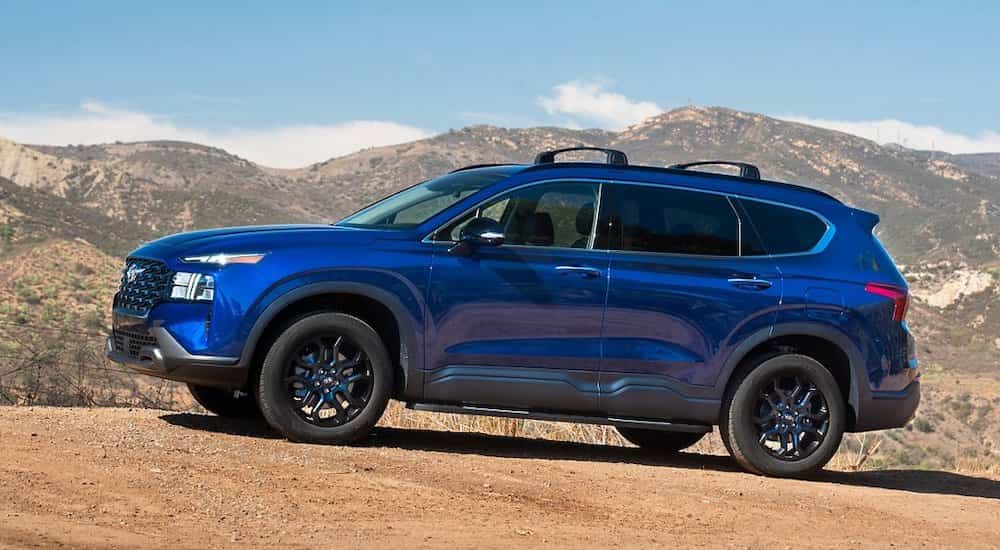
SUVs That Prioritize Safety
Most of us wish we could keep our children swaddled in bubble wrap, enclosed in a protective bubble, and shielded from potential dangers. However, we live in an era in which standard safety equipment and driver assistance technology are abundant. Nearly every SUV offers some standard safety package, though what’s included may range from the bare minimum to as close to a bubble wrap/bubble/shield combination as we can get. It’s a good idea to look not only at the different types of safety and driver assistance technology offered but also at the overall package and any potential options.
Today’s Hyundai Santa Fe, for example, is considered one of the safest vehicles on the road thanks to its SmartSense package, which includes smart cruise control, lane keeping and lane following assist, a driver attention monitoring system, and forward collision-avoidance assist with pedestrian detection. These features didn’t become standard until 2019. Some were still optional during the 2017 refresh, which means you might have to search a little deeper to make sure you’ve got all the features you want.
The Mazda CX-9 has been traditionally offered with a highly-praised optional all-wheel drive system, which drivers cherish for its stability and responsive drive style, despite being a larger three-row SUV. Over the years, this has transformed from the G-Vectoring torque control system to today’s i-ACTIV real-time all-wheel drive. The 2016 model refresh saw the addition of optional radar cruise control, backup sensors, blind spot monitoring, and lane keep assistance, which came standard on higher trims. But in 2017, the radar-sensing Smart City Brake Support technology was added to the lineup, and in 2018 became standard in all trims. When shopping for a used SUV, it’s a good idea to become familiar with when your preferred safety features became standard and which versions of popular technology were offered during which model years.
Efficiency in a Full-Size World
SUVs are not generally known for their fuel economy; they’re often referred to as the consummate gas-guzzler. However, as engineering and technology evolve, automotive manufacturers have found ways to improve SUV efficiency. The 2017 Honda CR-V is highly praised in the automotive community for many reasons, but its available 190 hp 1.5-liter turbocharged inline-4 engine is not only peppy and enjoyable but economical as well. Drivers of front-wheel drive models can enjoy 34 MPG on the highway, while all-wheel drive models drop slightly to 33 MPG on the highway.
Another economical option is a hybrid SUV. The Toyota RAV4 Hybrid was introduced in 2019, combining a 2.5L inline-4 engine with two electric motors and a nickel metal hydride battery pack. Its debut version offered 219 hp and 163 lb-ft of torque, along with the ability to get up to 37 MPG on the highway.
2019 was also the last year for the Jeep Grand Cherokee diesel option. While drivers have strong opinions regarding diesel fuel consumption today, there’s no denying that it offers fantastic fuel economy. The 2019 3.0L diesel V6 offers 240 hp, and two-wheel drive versions manage 30 MPG on the highway. All-wheel drive models drop to 28 MPG on the highway, but the closest gasoline-powered engine, a 3.6L V6, tops out at 26 MPG highway on two-wheel drive models.
You might be surprised how far SUV efficiency has come in the past several years. While the rules of physics cannot be completely broken, the bigger the vehicle, the more fuel it will consume unless you choose a hybrid; they can be reshaped a bit with careful engineering.
Large SUVs With Plenty of Style to Spare
“Cool” is a subjective term. Some might judge an SUV’s “coolness” by its sound system, off-road prowess, or design elements. Others may find it cool if they make it from point A to point B without a single round of “Stop Touching Me” and other kid-related shenanigans. The Buick Enclave is a three-row, seven-passenger SUV that provides plenty of room for your kids to avoid each other. The Enclave received a massive makeover for the 2017 model, which added 10 inches to the wheelbase. The result is a usable third row and 26.7 cu.ft. of cargo space, even with all seatbelts fastened.
The Kia Sorento is another three-row option with plenty of room for everyone involved. Features like wireless app connectivity, dual zone climate control, and an automatically opening smart liftgate have been part of the lineup for years. The past several years have seen many annual updates for the Sorento; the 2018 version is particularly beloved for its stain-resistant YES Essentials-treated cloth seats, sound-reducing windshield, and 5,000-lb towing maximum, all of the things you might not want to live without when carpooling with little ones.
The GMC Acadia rounds out the trio of three-row SUVs that still manage to be very compatible with families. The 2017 Acadia has family-friendly features throughout, including Smart Slide second-row seating that improves access to the third row. In fact, folding seating allows the interior to be configured for up to 7 passengers and 12.8 cu.ft. of cargo space or two passengers and a cavernous 79.2 cu.ft. of space. In someone’s famous words, “you don’t know what you’ve got ‘til it’s gone,” and room to breathe for the full family is certainly one of those things.
To Find the Best-Fitting SUV for Your Family, Research Is Key
We live in a world where typing “used SUV for sale” into a search engine might cause intense confusion. SUVs are everywhere, and knowing what type of features you and your family need the most will help you narrow the search into a more manageable task. You may feel that shopping for a used SUV is an exercise in compromise, and this is somewhat true. Since you’re in the market for a used SUV, you won’t necessarily be able to add on all the packages to customize your vehicle. However, some models have more comprehensive offerings than others.
Take a look at a variety of years, as well. While trims, packages, and standard features change each model year, you might be surprised how far back you can trace some of your favorite standard features. And with modern SUVs lasting 200,000 miles or more, purchasing a used vehicle is a better investment than ever. Shopping for a used SUV may require a little more research, but with so many options, it’s possible to get exactly what you want at a budget that makes sense for you and your family.
